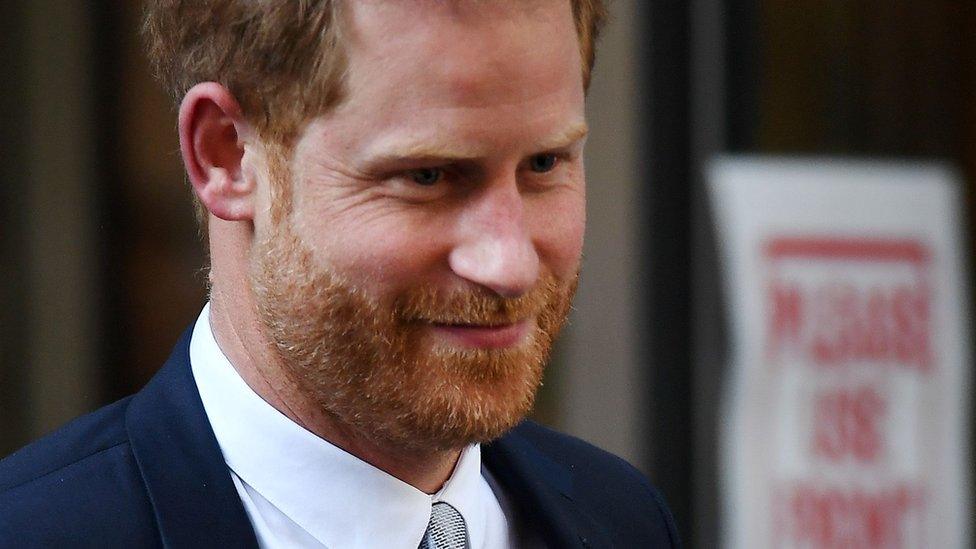Kate, the King and three other big challenges for the royals
- Published

The Royal Family has had a difficult start to 2024 - uncertain in the face of health problems and surrounded by a backwash of rumour and speculation.
So what will they have to do to get back on track? And what are some of the challenges they may need to address?
What's happening with Kate?
Social media can't cope with an information vacuum. On WhatsApp groups, Facebook and TikTok, the speculation over the Princess of Wales is deafening.
She hasn't been seen in public this year, while recovering from planned abdominal surgery. The explanation for her absence until later in the year was reiterated by royal officials this week.
"Kensington Palace made it clear in January the timelines of the princess's recovery. We said we'd only be providing significant updates. That guidance stands."
On the positive side, people are interested because they care. Indifference would be worse. And I predict a big change when pictures eventually appear, which they will, and there's some reassurance.
Although it might raise some longer-term questions about what people want from a grown-up relationship with the royals. No-one should be expected to be flawless like a human statue. We're all full of vulnerabilities. But that means openness from the Palace as well.
Culture of secrecy
Everyone has a right to privacy, but for public figures, especially those who are publicly funded, there's a fine line between privacy and secrecy.
Part of the royals' current problem is the pile-up of unknowns: Catherine's illness. The nature of the King Charles's cancer. And then Prince William's "personal matter" that kept him away from his godfather's memorial.
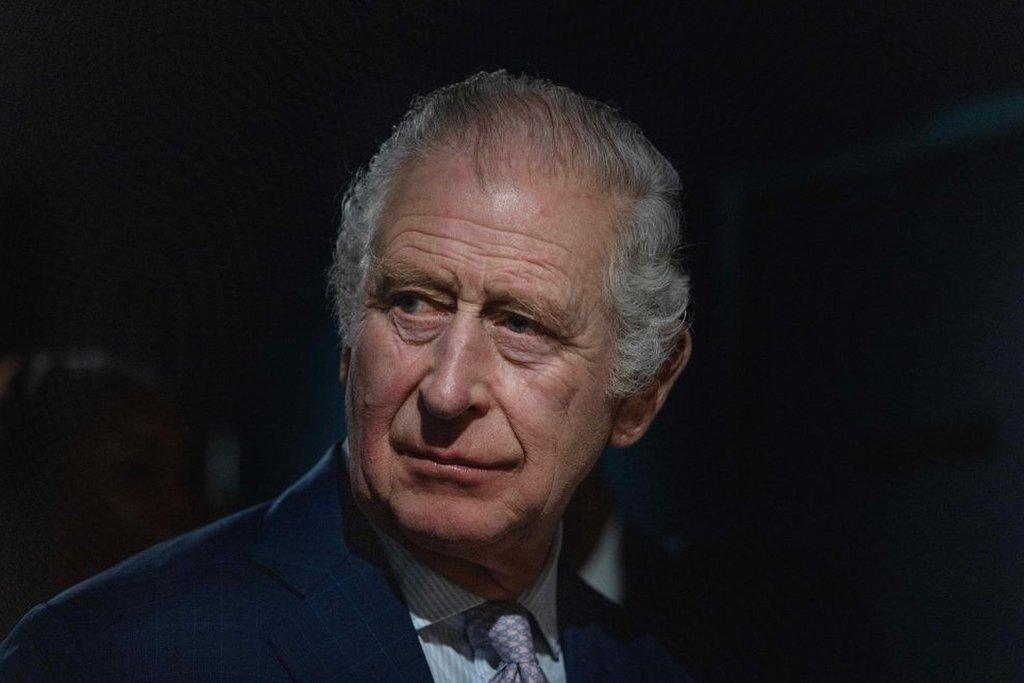
It's a thickening fog of uncertainties. And it gives more energy to online rumours. It's the problem of feeding out small pieces of information, enough to prompt more questions and not enough to give answers.
There's a bigger question about secrecy for a modern monarchy. It needs some mystery to keep its mystique. But opaqueness can look like concealment.
Historians complain about excessive secrecy over archive documents. And should the royals be more willing to answer questions about their work? It seems odd in 2024 that they can go on visits or trips and not face a single question about what they're doing.
A virtual King
The absence of a figurehead is a major difficulty for any institution. The King is getting cancer treatment and so is understandably not attending public events. Getting well has to be a priority from him and his family.
But there is still pressure to be visible. There's the long-standing royal dictum that "the monarchy has to be seen to be believed".
It reflects how periods of unpopularity for monarchy have often been linked to being out of sight, such as when Queen Victoria, mourning the loss of Albert, withdrew from public life.
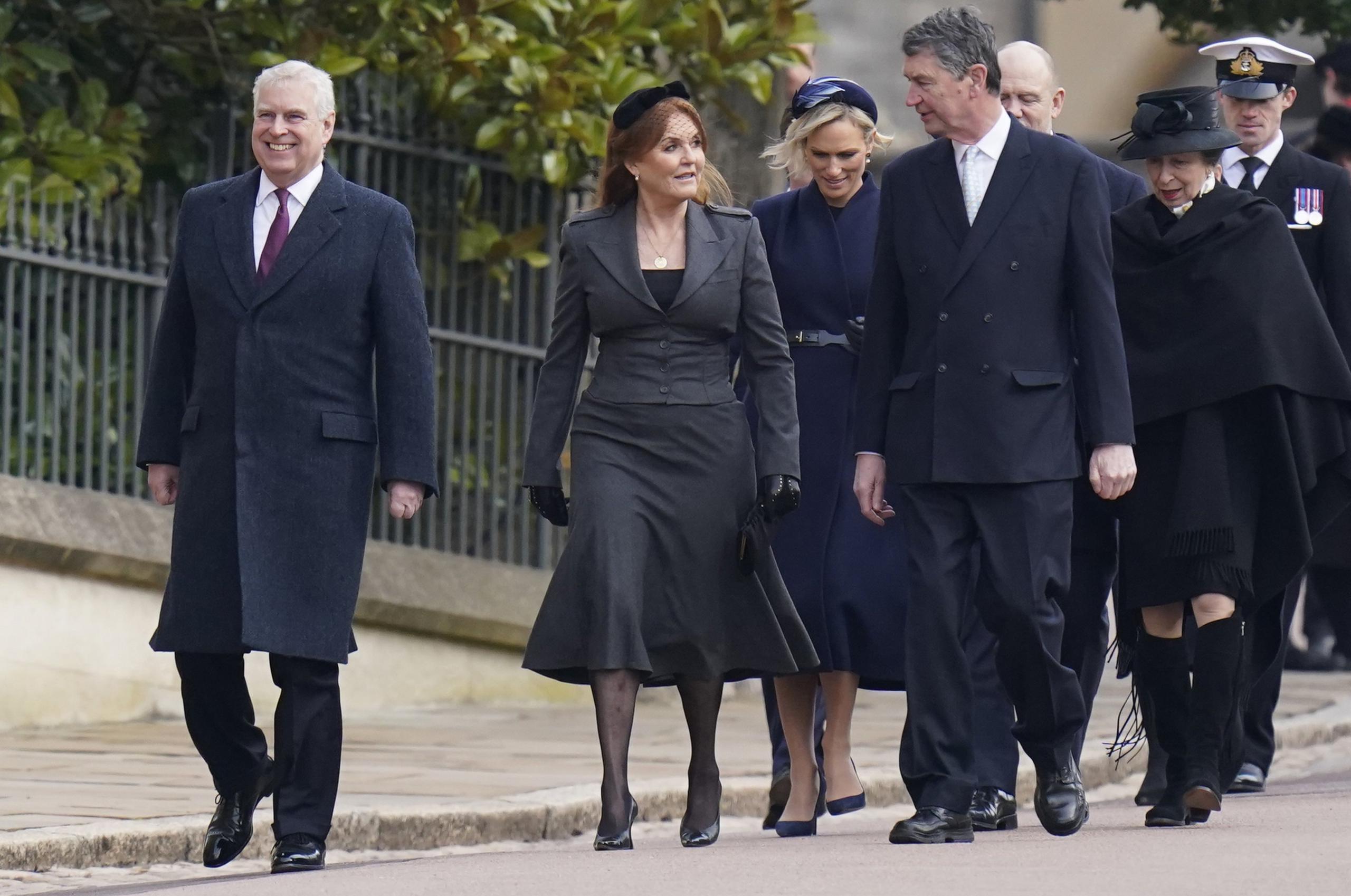
Expect more virtual appearances from the King - such as video messages and speeches or social media clips, in the way that he was recently seen enjoying get well cards. There could also be more interventions like the statement rallying support for Ukraine. His team will be trying to keep him in the headlines, even though he is out of sight and missing events.
It's also worth noting that in his case opinion polls showed most people thought the right amount of information had been released about his cancer. Only 13% expected more details, according to YouGov polling.
Non-working, but highly visible, royals
Prince Andrew was on the front pages again this week, which usually spells trouble for the royals.
He was striding towards the memorial service for King Constantine of Greece, heading up what was the monarchy's reserve team, and accused by the papers of grabbing the limelight too enthusiastically.
And it's safe to predict he'll be back in the headlines with next month's Netflix film about his 2019 Newsnight interview, which would be the prime exhibit if there was a museum of car-crash interviews.
All those questions about Jeffrey Epstein, Virginia Giuffre and Woking pizzas are coming back again to haunt the royals. He's become the boomerang of bad news.
In a very different set of circumstances, Prince Harry is another long-running unresolved tension for the royals. There has never been any proper resolution to his status. The position since he moved to the US has been "no half in half out royals". But he remains almost like a rival court, a prince over the water, a restless royal.
The Royal Family relies on being a unifying force, which is hard anyway in such a polarised era, but even harder when it seems to be a family at odds with itself.
Although, for a more positive take, I've heard people say that being a dysfunctional family is the one thing that makes the royals seem like everybody else.
Generation gap
The royals have got a youth problem. Or more to the point, a lack-of-youth problem. That was even more painfully visible this week without William or Catherine when the royals gathered for the memorial service in Windsor. They looked older and frailer. Not to say paler.
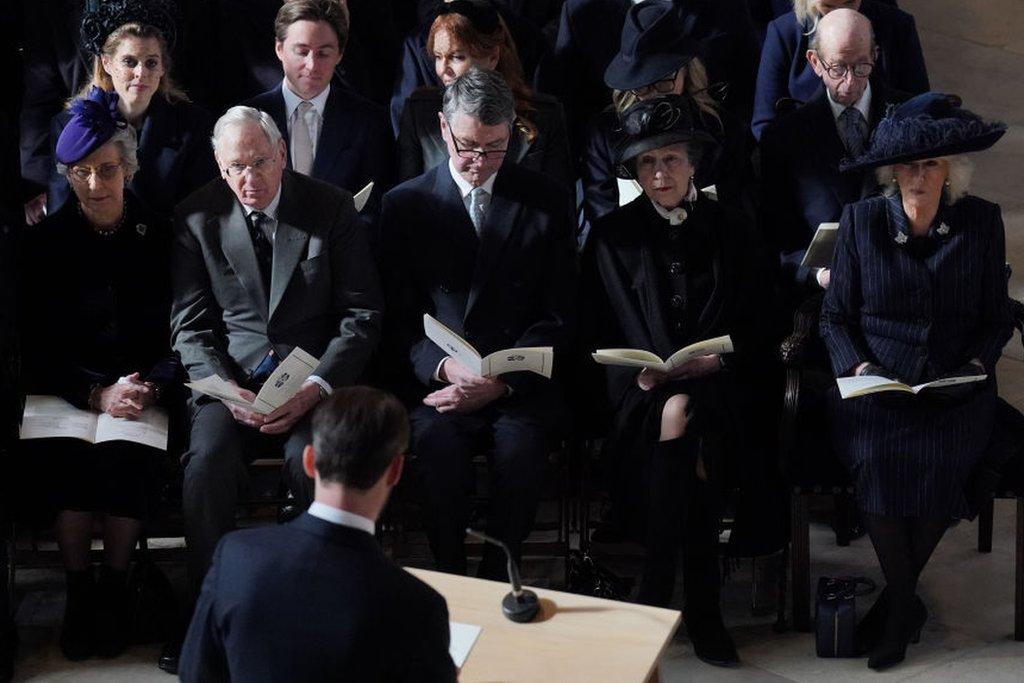
What makes this more of an issue is their lack of appeal to younger people, which is a consistent message from multiple surveys. There's clearly a big challenge for the monarchy not to look and sound out of touch. How can they find a lighter and more entertaining approach?
Even reaching younger people is tricky for a royal operation that still focuses on traditional TV news and newspaper front pages, which are increasingly unlikely to get to younger audiences. It all gets a bit creaky.
And if the age of deference is over, how should a modern monarchy speak to the people?
After a miserable winter, the royals must be hoping for some Spring sunshine.
You can get the latest royal stories and analysis straight to your inbox every week with our Royal Watch newsletter - sign up here
- Published29 February 2024
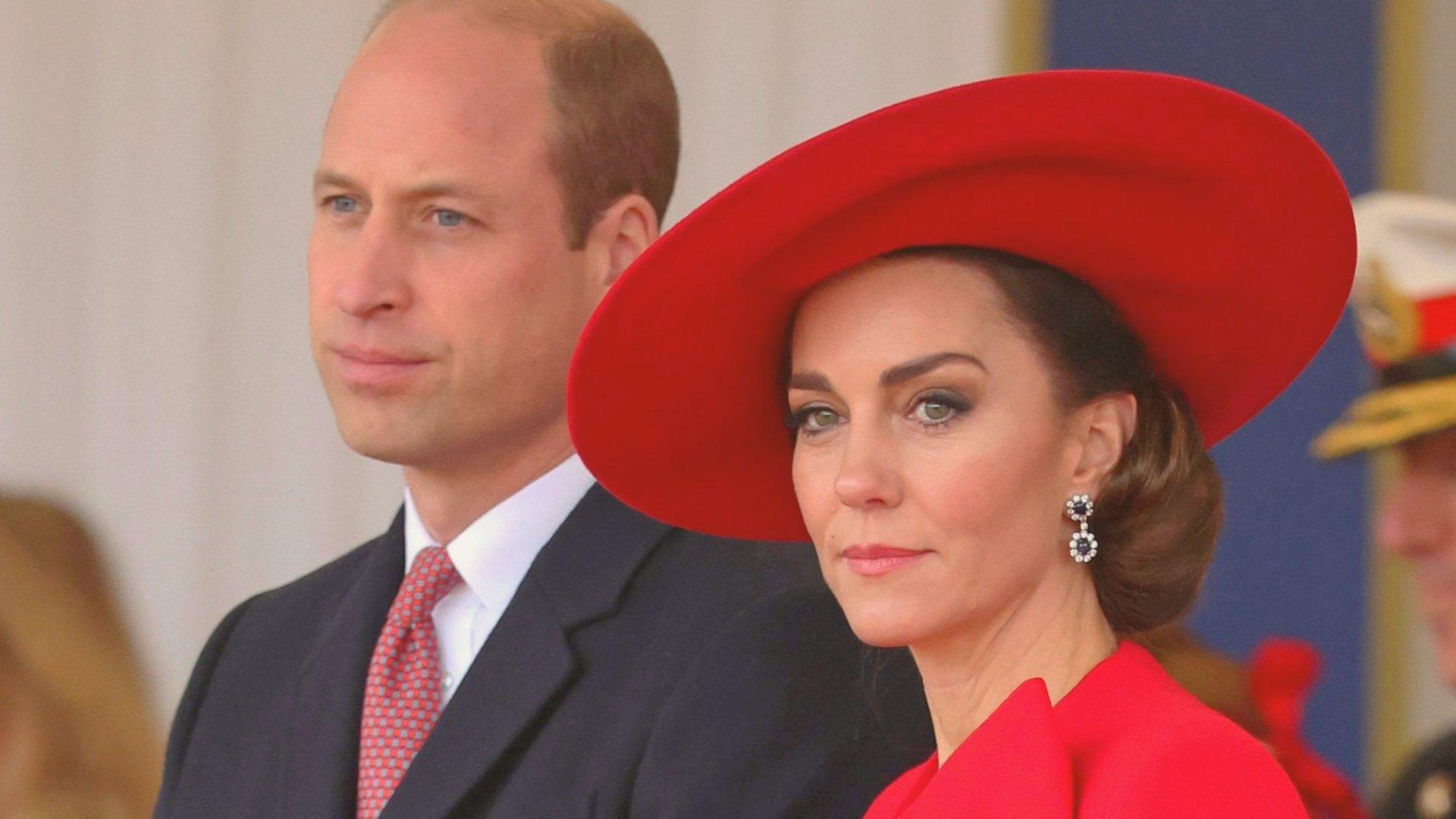
- Published29 February 2024
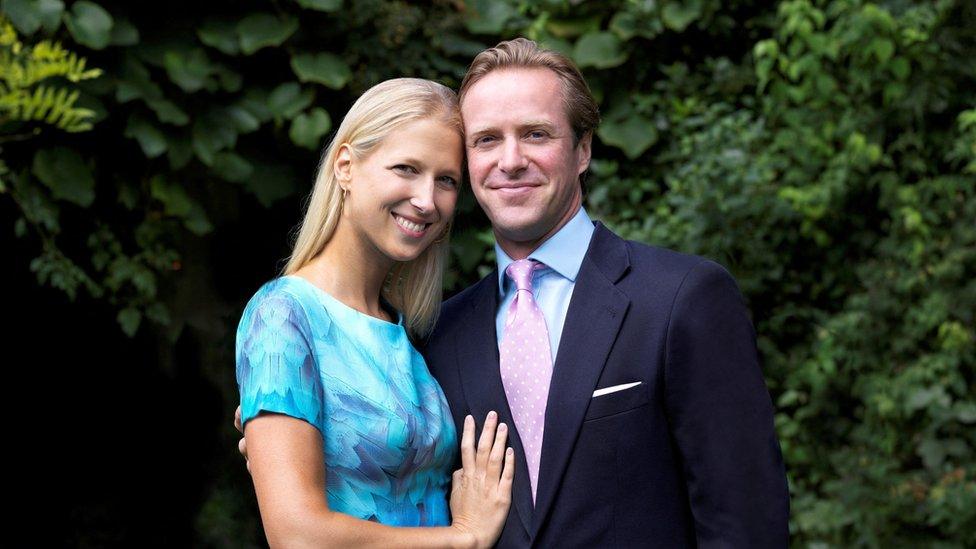
- Published28 February 2024
